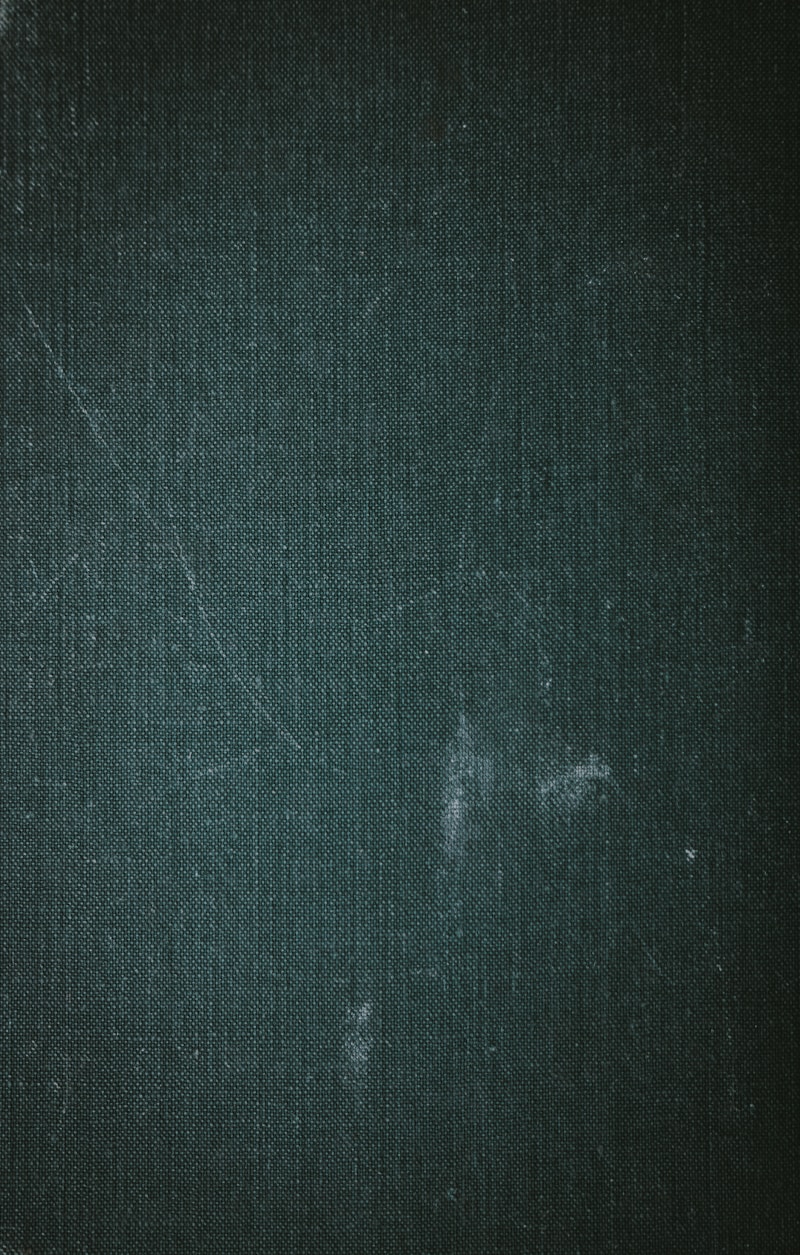The Artful Interplay of Textures in Veils: A Comprehensive Guide
Exploring the Textural Magic of Veils
In the world of fashion and design, veils have always held a special place, transcending cultures and eras. The interplay of textures in veils is not just an aesthetic choice but a profound artistic expression that influences the way they complement beauty, elegance, and cultural traditions. This article delves into the significance of textures in veils, examining their historical context, modern interpretations, and tips for incorporating various textures into veiling.
Understanding Textures in Fashion
Texture refers to the surface quality of a material, which can be seen and felt. In the realm of veils, texture becomes a crucial element that enhances the visual and tactile experience. Different textiles can convey differing emotions and themes, ranging from romantic to sophisticated or ethereal to earthy. The analysis of textures in veils encompasses materials such as lace, silk, tulle, chiffon, and more, each bringing a unique dimension to the design.
The Historical Context of Veils
Veils have been part of human attire since ancient civilizations. From the intricate fabrics of the Middle Ages to the simple yet elegant styles of contemporary society, veils have evolved in their texture and application. Traditionally, the interplay of textures in veils often reflected societal values and cultural identities.
| Era | Textural Trends |
| Ancient Rome | Light, flowing fabrics symbolizing freedom |
| Middle Ages | Opulent fabrics like velvet and lace showcasing status |
| Renaissance | Richly embroidered textures emphasizing artistry |
| Modern Era | Varied textures promoting individuality and style |
Contemporary Trends in Veil Textures
In today's fashion landscape, the interplay of textures in veils has become a vital trend. Designers experiment with various materials to create veils that are not only visually appealing but also versatile. For instance, combining sheer chiffon with heavier lace creates a striking contrast that draws the eye and elevates a bridal ensemble.
Popular Textures Used in Modern Veils
Here are some popular textures currently being embraced in veil design:
- Lace: Traditionally romantic, lace adds a delicate yet robust texture that plays well with other fabrics.
- Tulle: A light, airy fabric that provides volume without weight, giving veils a dreamy quality.
- Silk: Known for its smooth and luxurious feel, silk veils can carry a stunning elegance.
- Chiffon: A soft, flowing fabric that creates an ethereal appearance, perfect for layering.
- Organza: A stiffer fabric often used to create structured shapes while maintaining a light feel.
The Role of Color in Textural Interplay
Color is a pivotal element that works hand-in-hand with texture. When selecting a veil, understanding how colors interact with different textures can enhance the overall look. For instance, a soft pastel chiffon veil may appear delicate and airy, while a dark lace veil can evoke romance and mystery. Additionally, the choice of color can impact the perceived texture; lighter colors often feel more ethereal, while darker shades may suggest depth and richness.
Creating Visual Interest with Texture
Incorporating varied textures into your veil design can lead to a captivating visual narrative. For example, pairing a smooth silk base with a textured lace overlay can create depth, giving the veil a three-dimensional look. Designers are now mixing different fabrics, introducing unique patterns and styles that captivate a modern audience.

Choosing the Right Veil for Special Occasions
When selecting a veil for your special day or event, consider the overall aesthetic you aim to achieve. Here are a few tips for choosing the right veil:
- Understand the Dress Style: The veil should complement the dress. A minimalist gown pairs beautifully with intricate veils, while elaborate dresses may require simpler veil designs.
- Consider the Season: Textiles have different properties; for instance, light tulle is perfect for summer, while heavier fabrics might be suitable for winter.
- Incorporate Personal Touches: Customizing your veil with unique textures can reflect your personality. Adding embroidery or embellishments can enhance the veil’s visual appeal.
Common Questions on Veil Textures
As the interest in veils continues to grow, some common questions arise:
- What are the best fabrics for a wedding veil?
- How can I mix textures in my veil design?
- What are some tips for maintaining the quality of textured veils?
- How do I choose the right color for my veil?
Addressing these questions can help demystify the process, ensuring you make informed decisions that enhance your beauty and style.
Conclusion
The interplay of textures in veils is not simply a fashion statement; it is a celebration of craftsmanship and creativity. Whether you are a designer wanting to explore different materials or an individual looking for the perfect veil, understanding the nuances of texture can significantly influence your choices. Keep in mind that the right texture can enhance the overall aesthetic while allowing you to express your individuality. When selecting or designing a veil, remember to consider the event, your personal style, and how different textures interact with one another. By embracing the magical interplay of textures, you can elevate your veiling experience to remarkable heights.